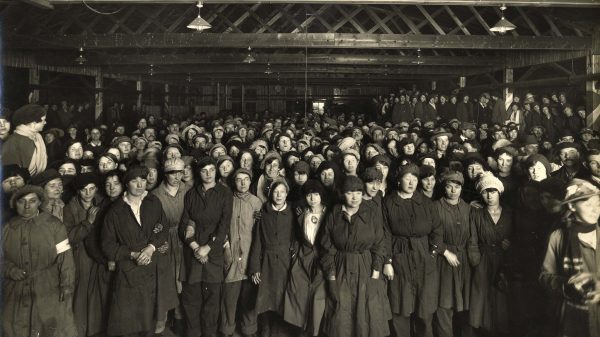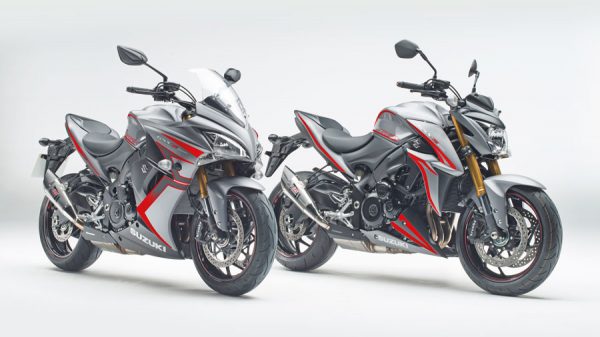As we head towards the cooler months we can expect to see frost and maybe even a little snow. However there’s no need to feel down or be disappointed just pop on a few more layers and enjoy an hour or two pottering around the garden, maybe a little tidying up or pruning straggly growth.
The key is to embrace the season, I love to take a stroll around the garden with a large cup of tea for company, the occasional sip encourages me to stay a while and mull over thoughts for next years annuals and vegetable crops. Some of my best ideas and plans come to me in the garden especially when my head is not full of jobs to do, I think fine autumn and winter days are quite uncluttered.
I am often asked ‘What can I do with a neglected Climbing Rose?’ There seems to be a nervousness about what to do with all that long straggly growth and woody stems. Although generally we would prune climbing roses between December and February if it hasn’t been pruned for a few years, autumn is the best time to tackle it. Don’t be hasty, take a little time to work out which of the old stems need to be removed and what you will do with what remains. First you should remove all dead, damaged or diseased stems, and carefully release any ties, gently lowering the stems down on the soil. The aim is to keep around six or seven strong healthy stems, cutting all others down to ground level, these remaining stems will provide the framework upon which flowering side shoots will develop next spring. I like to be a little artistic in my approach to training the stems, imagining long arching stems of sweetly scented roses next summer I try to arrange the stems to form a series of arches, looking a little like the scales on a fish. I have recently started using the ‘soft tie’ available from nurseries and garden centres it is like rubberised plastic with wire in the middle. a ‘posh’ twist tie I guess, I find it easier to use especially where one hand is holding a stem and the other has to tie the plant to the wire or frame. If the ends of the rose stems are spindly they can be cut back to an upward pointing bud. A mulch with well rotted compost and a handful of organic fertiliser pellets next spring will encourage strong growth and flowering. Water during dry periods and keep an eye out for pests and diseases.
If you organised your vegetable garden into separate sections for rotation the area where peas and beans and some of the root crops will be empty now. Late brassicas, such as brussels sprouts, kale and broccoli will still remain, maybe even a few parsnips (they seem to taste better after they have been frosted). Empty plots can be cleared of weeds and vegetation and dug over to allow the winter to condition the soil. Plots that will have peas,beans or brassicas next year will benefit from manuring and this is best done as you dig the plot over. you can either spread the manure/garden compost over the plot before digging or take a trench out and mix it into the bottom with a fork before turning the soil of the next trench. Don’t forget root crops like beetroot, carrots and parsnips don’t like freshly manured soil, it will make the roots fork and make several spindly roots rather that one strong fleshy one.So, the area you allocate for them should be dug but not manured.
Don’t forget to send your mower in for servicing and sharpening, Its a good time to send it in to your local lawn mower repair centre rather than leaving it in the shed and phoning them the week before you want to cut the lawn next spring.
Next Month, Pruning Apples and Pears, essential lawn maintenance and lifting perennials.
Happy Gardening, Martin
See page 34 for Martin’s advice on how to care for your Christmas Poinsettia.







